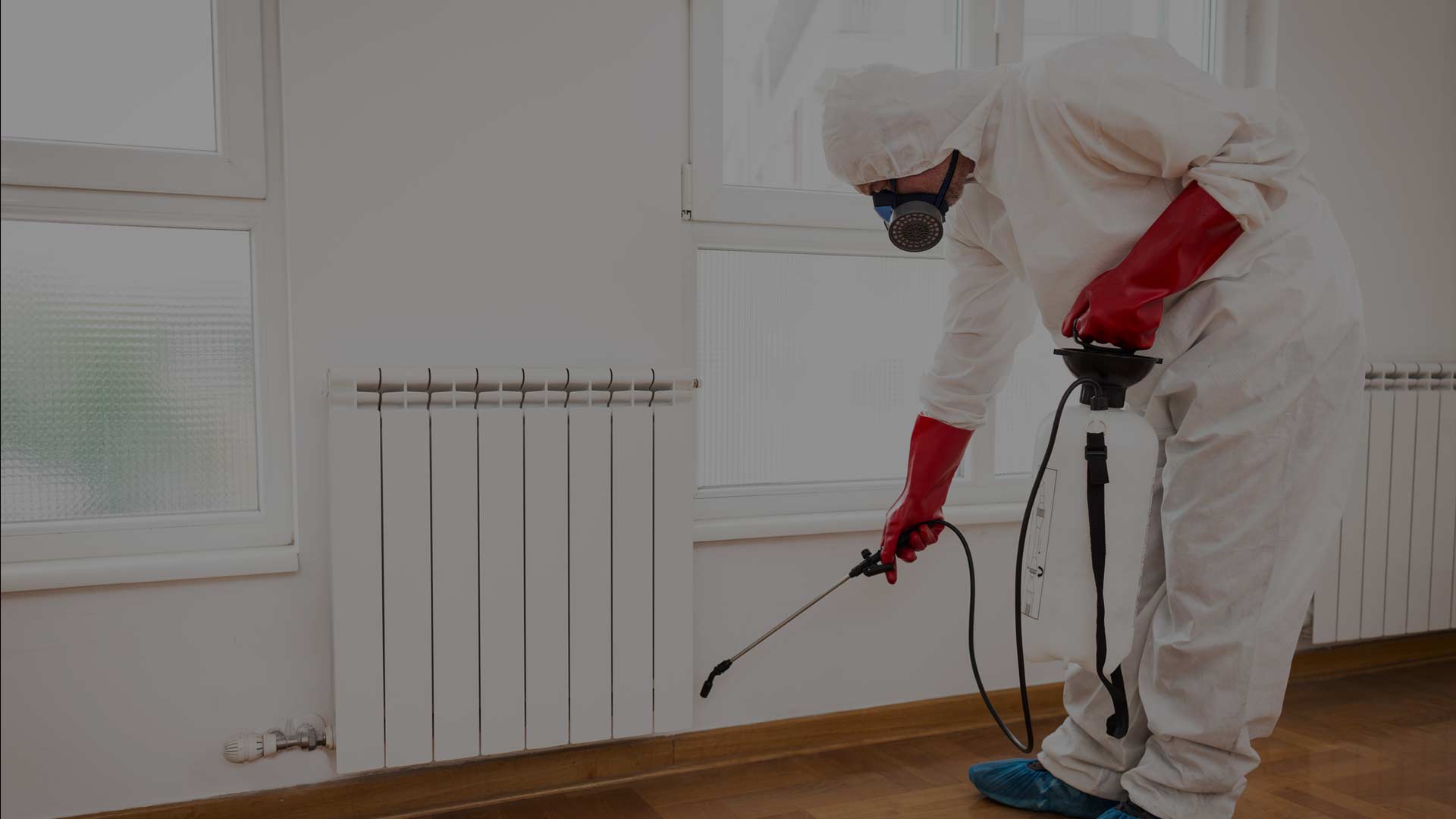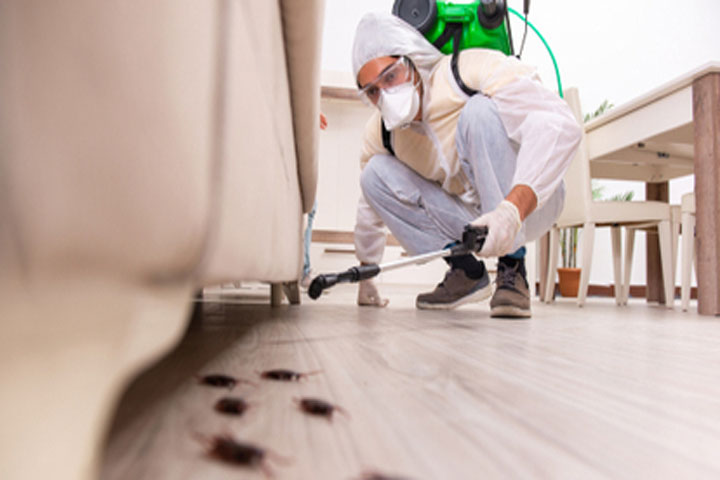Professional Exterminator Services: Bid Farewell to Vermin forever!
Wiki Article
Expert Pest Control Techniques for Long-Term Results
In the realm of bug control, accomplishing continual efficiency and long-lasting results calls for a careful strategy that goes beyond simple extermination. Professional bug control strategies envelop an extensive technique that starts with a detailed evaluation and evaluation, adhered to by precise bug recognition to understand their behavior patterns. The implementation of Integrated Insect Administration (IPM) principles, combined with eco-conscious treatments, forms the foundation of lasting insect removal. However, real test lies in the continuous tracking and upkeep of the treated locations, ensuring a pest-free environment for the direct future. By diving into the complexities of these methods, a deeper understanding of specialist bug control approaches for withstanding end results emerges.Examination and Assessment
Upon going into a residential or commercial property for bug control services, the preliminary action is a comprehensive evaluation and evaluation to recognize the degree of the infestation and determine one of the most efficient therapy plan. Specialist insect control service technicians are trained to meticulously analyze the facilities, trying to find indications of bug task such as droppings, gnaw marks, nests, or any kind of architectural damage. They will additionally analyze the problems that might be attracting pests, such as food resources, water leaks, or access points.
Parasite Identification and Habits

Additionally, recognizing the behavior of the identified bug is key to carrying out effective control measures. Knowing where insects nest, what they feed on, and their task patterns can assist pest control specialists devise approaches to eradicate them successfully. Some parasites might be nighttime, while others are much more energetic throughout the day. This knowledge permits the application of therapies at optimum times for optimum performance.
Integrated Bug Administration (IPM)
Integrated Bug Administration (IPM) strategies combine several methods to control and stop insect invasions in a lasting and eco-friendly fashion. pest control. By integrating approaches such as biological control, environment adjustment, alteration of cultural methods, and the use of immune selections, IPM intends to minimize using chemical pesticidesAmong the key principles of IPM is the emphasis on prevention. This proactive method entails tracking pest populations routinely to identify any type of possible problems before they rise. By recognizing bug troubles early, pest control actions can be applied promptly and properly.
Additionally, IPM promotes the use of safe bug control methods whenever possible. This can include utilizing natural killers of the bugs, introducing advantageous bugs, or using pheromones to interrupt breeding patterns. By reducing dependence on chemical pesticides, IPM not only protects the setting yet also aids preserve an equilibrium in the ecological community.
Environmentally-Friendly Therapies
Carrying out eco-conscious techniques in parasite control treatments can effectively address problems while prioritizing ecological sustainability. Environmentally-friendly treatments concentrate on lessening the influence of pest control approaches on ecosystems, non-target organisms, and human wellness. These methods commonly include making use of natural killers, such as ladybugs or nematodes, to control pest populaces, decreasing the need for chemical interventions. In addition, strategies like habitat adjustment, such as adjusting wetness levels or eliminating food resources, can aid prevent parasites without the use of dangerous compounds.One more trick aspect of environmentally-friendly treatments is using natural and eco-friendly items that break down swiftly without leaving unsafe residues in the atmosphere. Herb pesticides stemmed from plants like chrysanthemums or neem offer reliable parasite control while posturing very little threat to non-target types. Additionally, using techniques like heat therapies or pheromone traps can best bed bug exterminator target particular pests with precision, lowering the overall environmental influence of insect control practices.
Continuous Monitoring and Upkeep
Continual monitoring and maintenance are essential helpful site parts of effective pest control monitoring. Ongoing monitoring plays an important duty in making sure that insect infestations are identified early and handled without delay. Normal examinations by skilled specialists are required to recognize any type of indicators of pest activity, analyze the efficiency of previous treatments, and make adjustments to the parasite control strategy as required. By checking parasite populations in time, pest control professionals can track trends, expect possible concerns, and carry out precautionary measures to decrease the risk of future invasions.
In enhancement to surveillance, maintenance practices are crucial for lasting insect control success. This includes implementing proper hygiene actions to eliminate prospective food and water sources for insects, securing off access factors to avoid pests from going into the properties, and attending to any architectural problems that can promote bug problems (bed bug heat treatment). By integrating recurring surveillance and upkeep into an integrated pest administration approach, companies can make sure a pest-free setting and guard their property versus costly damages and health risks
Final Thought
In conclusion, making use of expert parasite control methods such as detailed assessment and assessment, accurate pest recognition and understanding of their behavior, go to website incorporated parasite monitoring techniques, environmentally-friendly treatments, and continuous surveillance and maintenance are essential for attaining long-term cause insect control. By implementing these approaches, people can successfully handle pest problems and keep a pest-free environment in a sustainable fashion.Report this wiki page